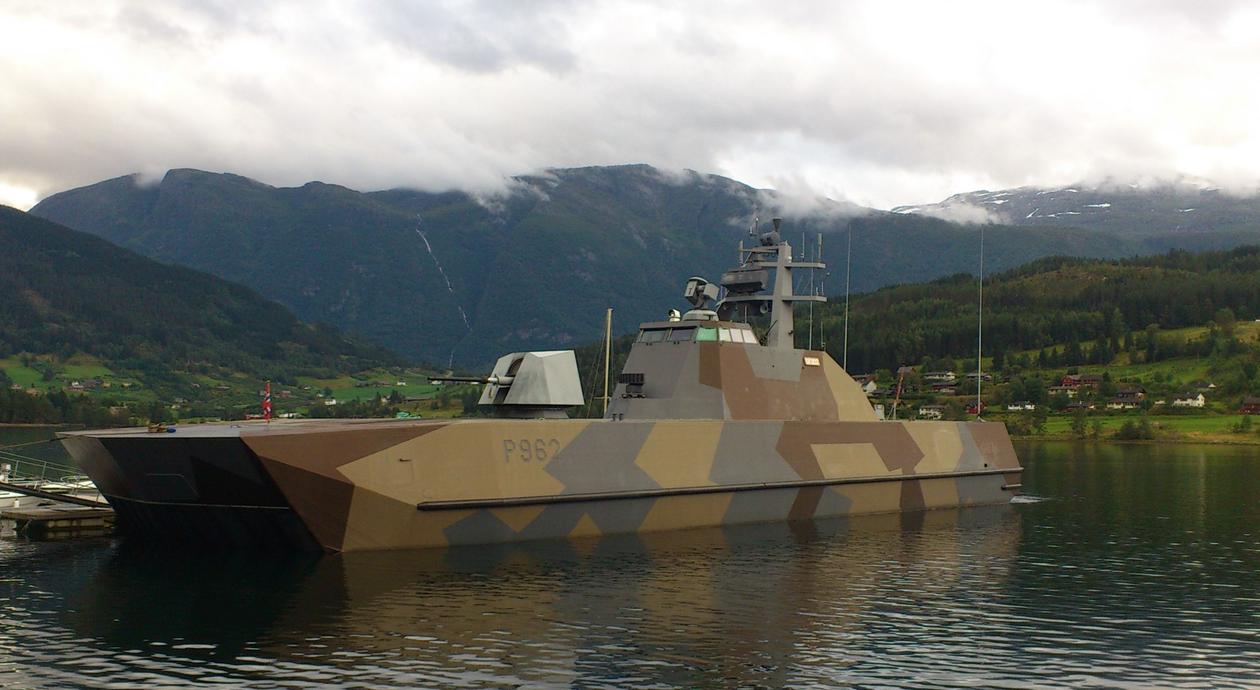The research project "Noise and Health in the Navy"
In the spring of 2012, the project «Noise and Health in the Navy» started. The background for the start of the project is data from a survey in the Navy performed in 2002/2003, where 38 % of the employees said they were exposed to much or very much noise in their job. Because of this, the Navy has decided to work to reduce health issues related to noise on the Navy vessels.

Main content
The project consists of three parts:
Part 1: Noise measuring on board all the Navy vessels. Site measurements and measurements of individual exposure on a selection of employees (approx. 5-10 on each vessel) will be implemented. The measurements were initiated in May of 2012, and are expected to be completed during the summer of 2013.
Part 2: Mapping of the hearing of the about 1000 employees working on board Navy vessels. Hearing tests are conducted at the Haakonsvern Naval base, and at the Coastguard base at Sortland. The employees will be tested twice. The first hearing tests were performed in April 212, and we expect to finish the tests in December 2013.
Part 3: Noise and general health:
Heart rate variability (HRV): A selection of employees (approx. 5 employees on each vessel) will have their HRV measured. HRV is a measurement of variation in the time interval between heartbeats. HRV is an accepted method for measuring the autonomous regulation systems of the heart. One can imagine that noise can take a part in affecting the autonomous nervous-system, and thus contribute to increased blood pressure and heart disease.
Attention: Noise can be an indirect cause of accidents and for that reason, attention is tested. This is done by a test conducted on a lap top on a selection of employees (approx. 5 employees on each vessel) pre and post a working shift. The employees will have their individual noise exposure monitored during their working shift. Relevant tasks and special incidents are registered in a log book.
Sleep: A selection of employees (approx. 5 employees on each vessel) will carry an actigraph which monitors movements. Using this, one will be able to monitor sleep and awake-time. Studies have shown that noise can give sleep disturbances and affect the HRV.
The project group consists of project leader Bente Moen, occupational hygienist Magne Bråtveit, secretary Gunhild Koldal, research assistants Erlend Sunde and Camilla Hauge, statistician Valborg Baste, researchers Hilde Gundersen and Ole Jacob Møllerløkken, and PHD-student Kaja Irgens-Hansen.
In association with the project, there has also been established a scientific reference group consisting of representatives from Centre for Maritime Medicine, SINTEF Acoustics, Høresentralen in Bergen and HiST, Sør-Trøndelag Universtiy College.
